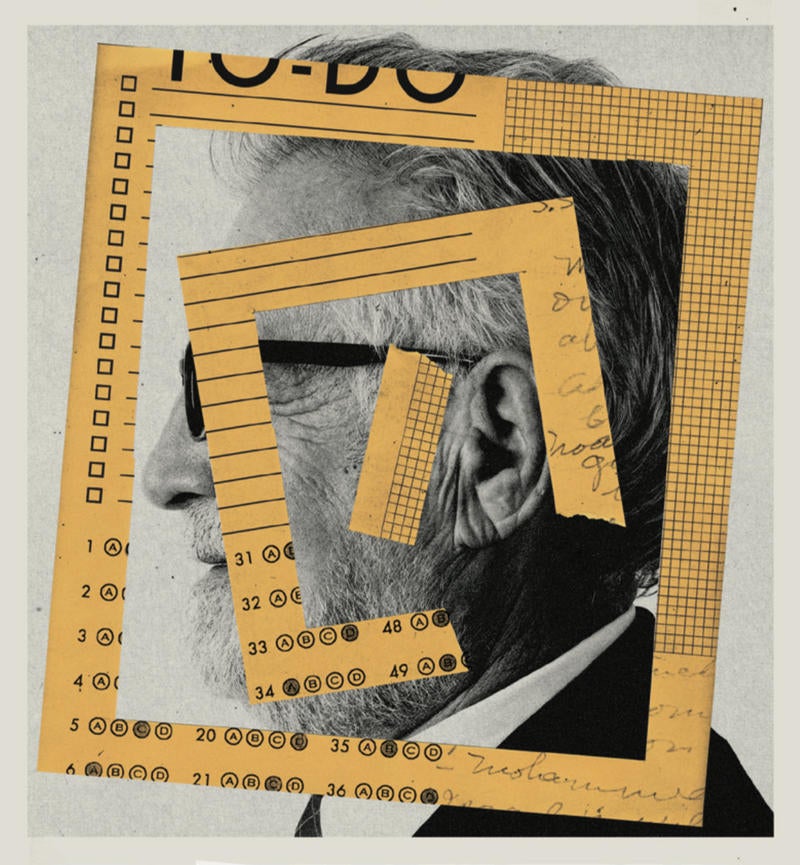
The design challenges of the 21st century manifest themselves starkly in the halls of design schools, where Generation Z is coming of age. In wide-ranging conversations with deans and department leaders of top institutions across the country, we sought insights on the salient issues of the day—from where technology fits into modern curriculums and how students are finding their place in the professional world to new ways of thinking about diversity in design education and why some programs are rethinking the role of critique.
Let’s start with today’s design students. Who are they and what are their goals?
Ryan Hansen: The upcoming design student is collaborative and multifaceted. These are digital natives, so they thrive in a technology-oriented learning environment. They also highly value diversity and social purpose in all aspects of their lives. These students want to work in environments where they feel they are a valued part of something bigger, for firms that have clear values and strong direction. They gravitate toward employers that seek to engage them in a variety of roles within a firm; they want a range of experiences.

BOH subscribers and BOH Insiders.










































